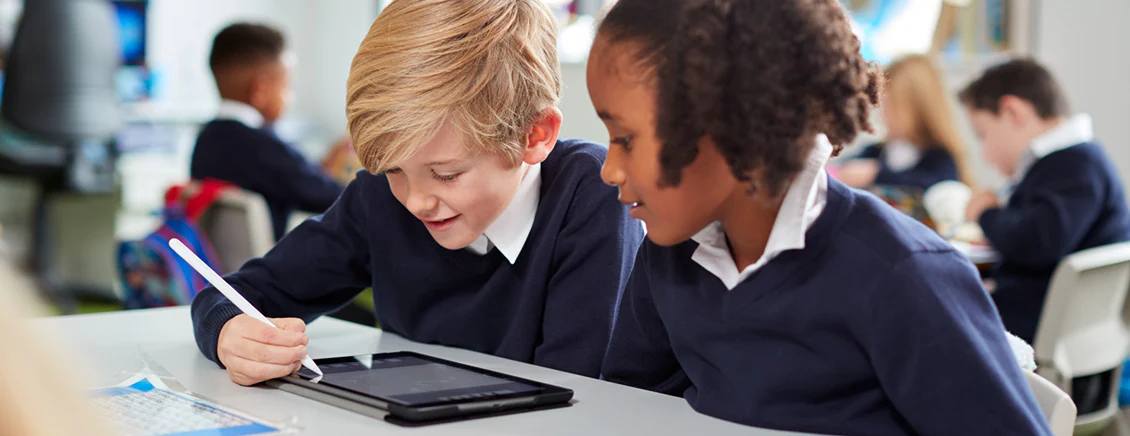
The world has gone digital, and with it so have our classrooms. It’s not uncommon to see classrooms without a pen in sight. However, while typing is certainly a critical skill in the modern world, handwriting still maintains a number of advantages.
In this article we will look at some of the benefits of writing in school classrooms, we will then look at some ways to merge the digital with the physical in order to get the best of both worlds.
Benefits of handwriting
Our communication is digital, we text, email, write documents on laptops, PCs and more. There are fewer and fewer opportunities to write things down. So why are we suggesting that handwriting is so important in the classroom?
First there are some obvious use cases in general life where good handwriting skills come in handy. Writing and receiving a handwritten note always feels nice, taking down a quick note can be more efficient by hand, and let’s not forget the humble shopping list.
However, there are more specific benefits too.
1. Memorisation
Studies have shown that handwriting is vastly superior to typing when it comes to memorisation. There’s something about the motor coordination required along with the sensory input a pen and paper provides. This benefit to memory is, of course, a tremendous benefit when it comes to classrooms.
2. Creativity
A pen can spark creativity in so many ways. Those scribbles and doodles can lead to an artistic interest. Moreover, running a pen over a piece of paper creates neural pathways not found through typing.
3. Fine motor skills
Using a pen requires a certain level of fine motor coordination. It’s a simple thing, but this will translate to other areas of students' lives too.
4. Convenience
The pen has convenience over unlocking a device, opening an app and typing. Being able to capture a thought immediately, can be greatly beneficial.
5. Physical reminders
Sometimes, having a physical object, in the form of a piece of paper, a notebook or flash cards can be more useful than an app.
6. Distractions
Finally, the traditional pen and paper provides a distraction free experience. The student isn’t distracted and the teacher also has the confidence that the student isn’t doing something else on their laptop. This, later in life, translates to business meetings, where a pen and paper is a far more appropriate form of note taking.
Merging the digital and physical worlds
There’s no doubt about it, the future is digital. There’s been a lot of talk lately of the “metaverse”, virtual and augmented reality spaces where our lives play out. But, dialling things back a little, how can we merge the digital and the physical world when it comes to the humble pen?
1. The Stylus
What do we have that is like a pen but writes on a screen? The stylus. If you haven’t used a stylus in a number of years you’ll be amazed at how close to the real experience they have become. Tools like the Apple Pencil are nearly perfect when writing on an iPad. Take a look at the best Stylus for schools.
Using a tablet means teachers can still see what the pupil is doing, and their notes will be stored, categorised and searchable too. Excellent for retrieval and revision of information
2. Focus mode
To ensure pupils aren’t wandering off into various different apps, focus modes and even special software can be employed to restrict their usage to certain note taking apps only.
3. Paper like displays
This all sounds great but writing on a display just doesn’t feel the same… right?
There has been an explosion of a whole new category of product. The paper-feeling screen protector. There are a number of these available on the market that imitate the feeling of writing on paper. In fact, it’s almost indistinguishable. Perhaps the most popular of these is the PaperLike screen protectors.
Get writing
There are huge advantages to handwriting in classrooms, but the benefit of digital storage, retrieval and categorisation of information can’t be ignored. Software now allows students to even record what is being said at the time they are writing so they can sync their notes to the audio of a classroom. This can be an excellent aid for those that are auditory learners.
With that said, we think a hybrid approach utilizing an iPad and stylus gives teachers and schools the best of both worlds.
If you’d like to discuss your options when it comes to software, purchasing iPads in bulk or styluses, get in touch today.